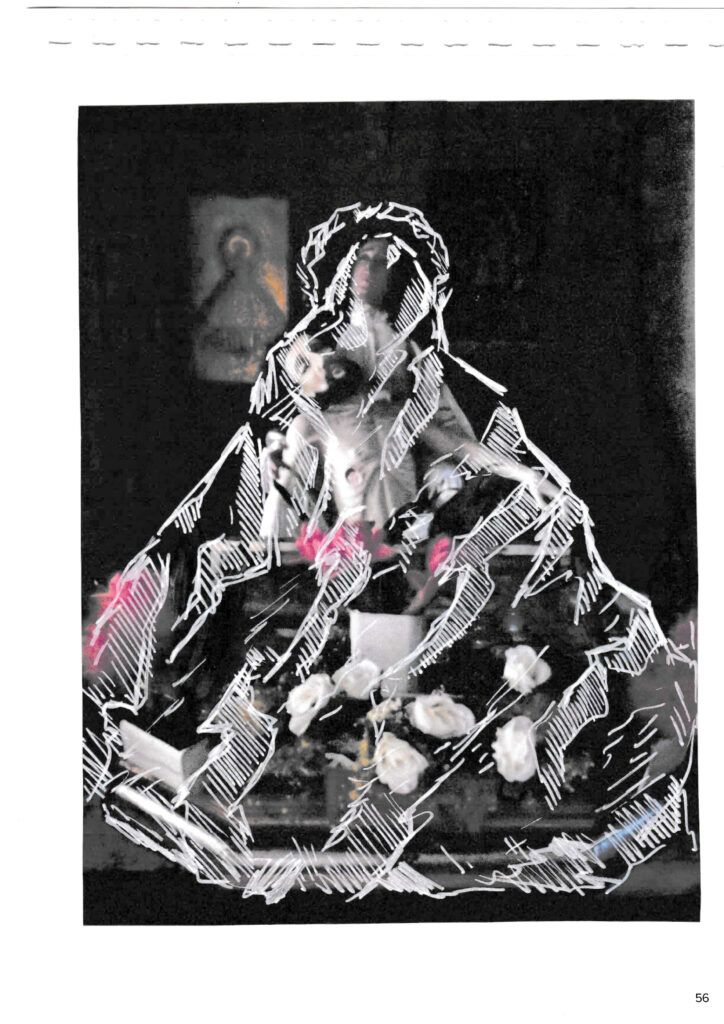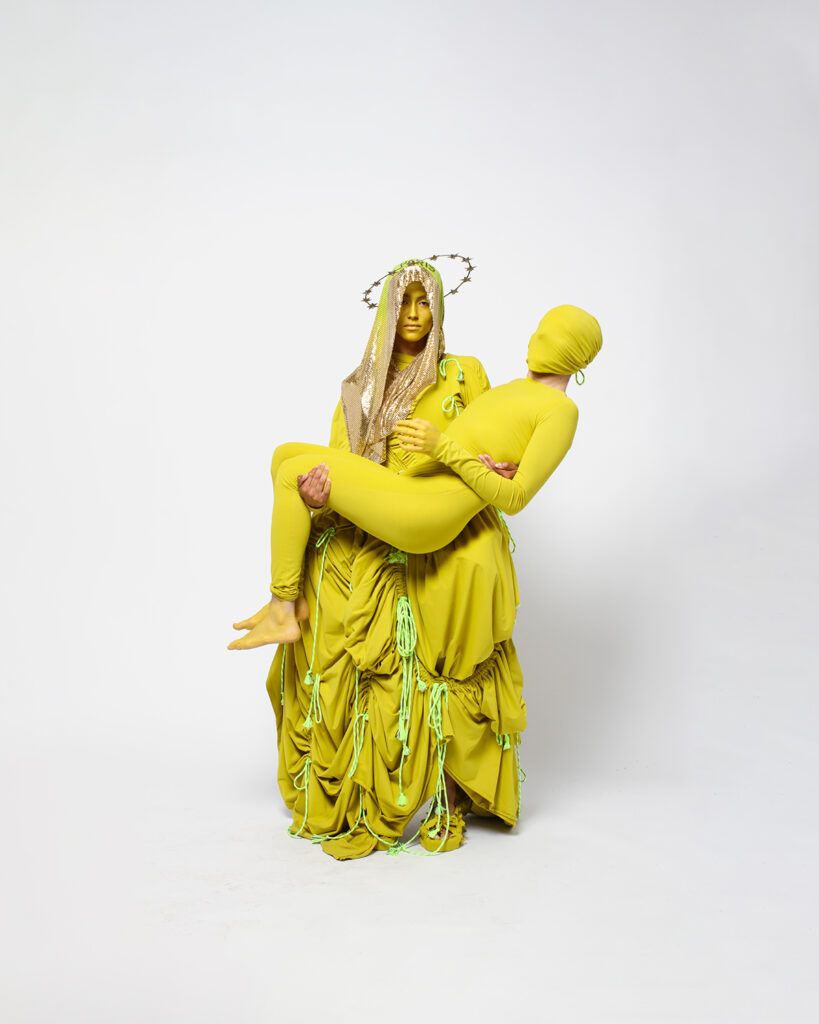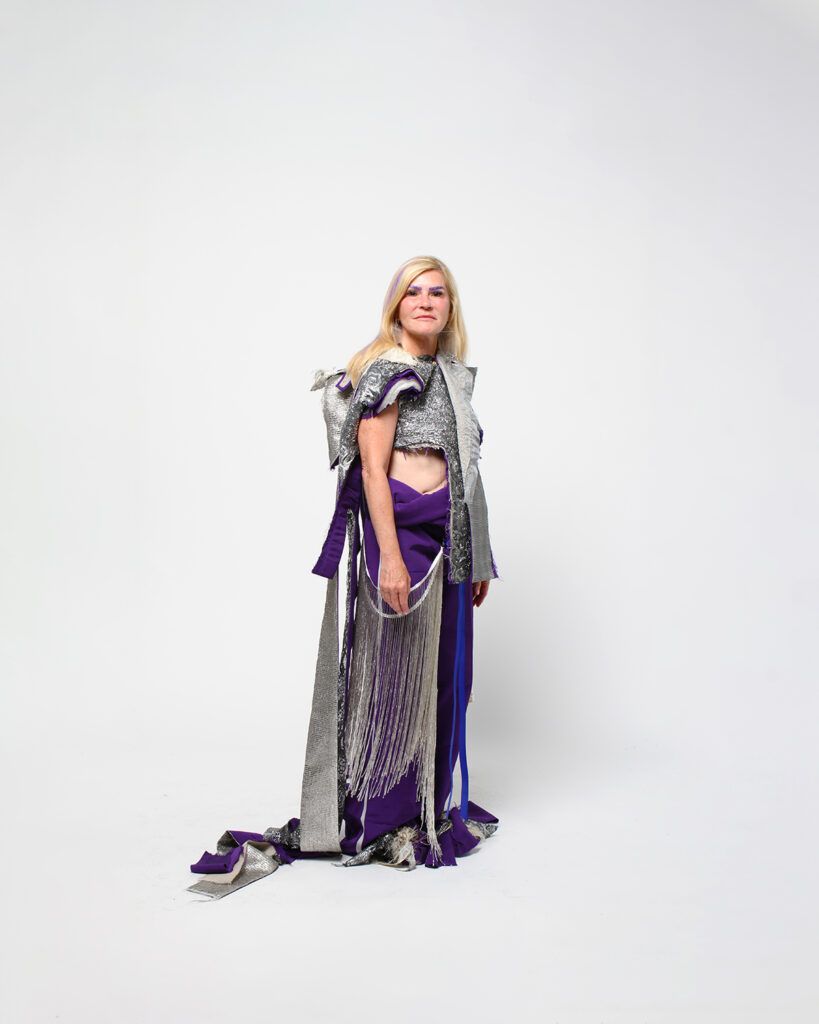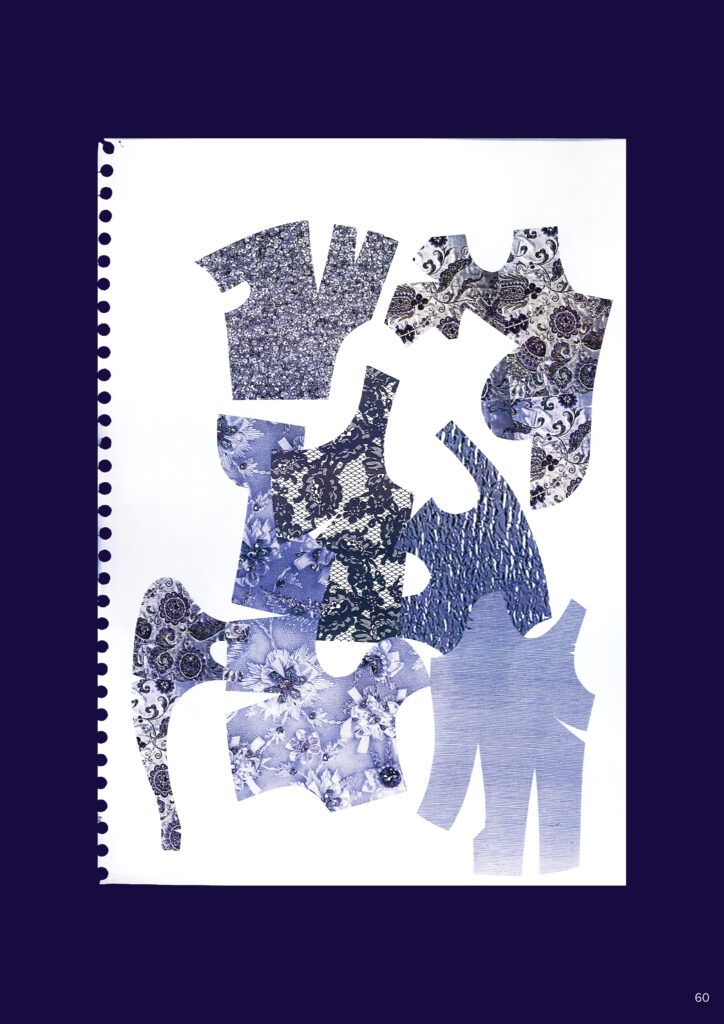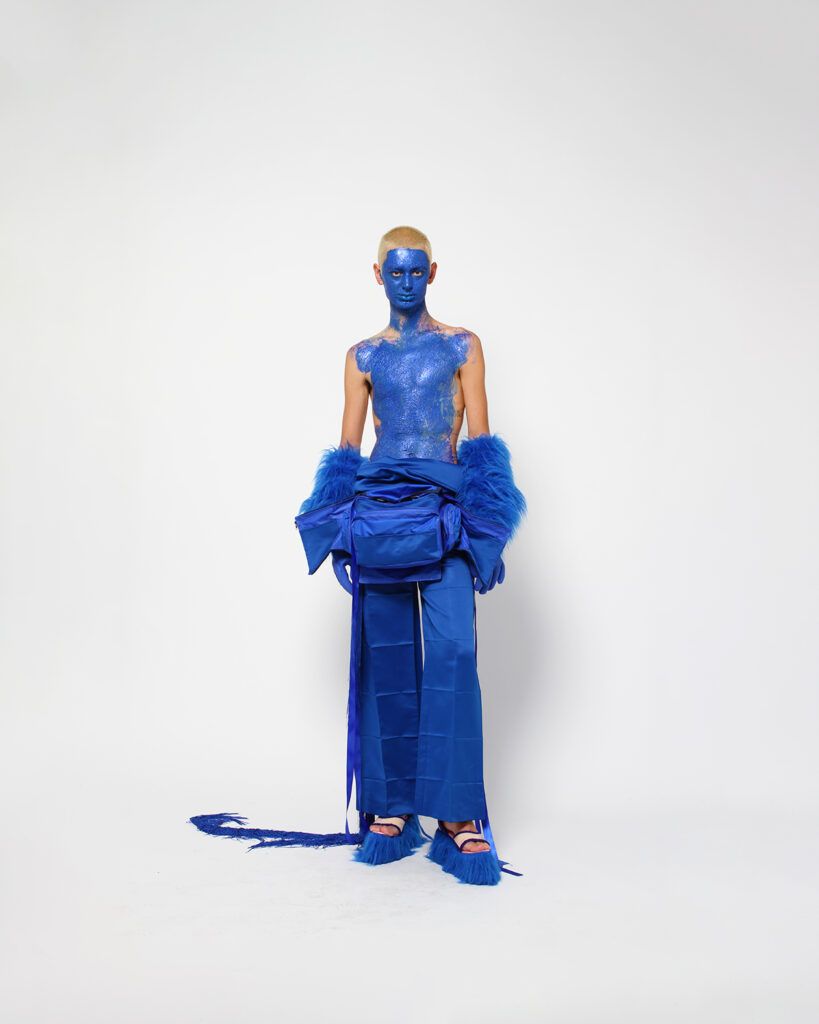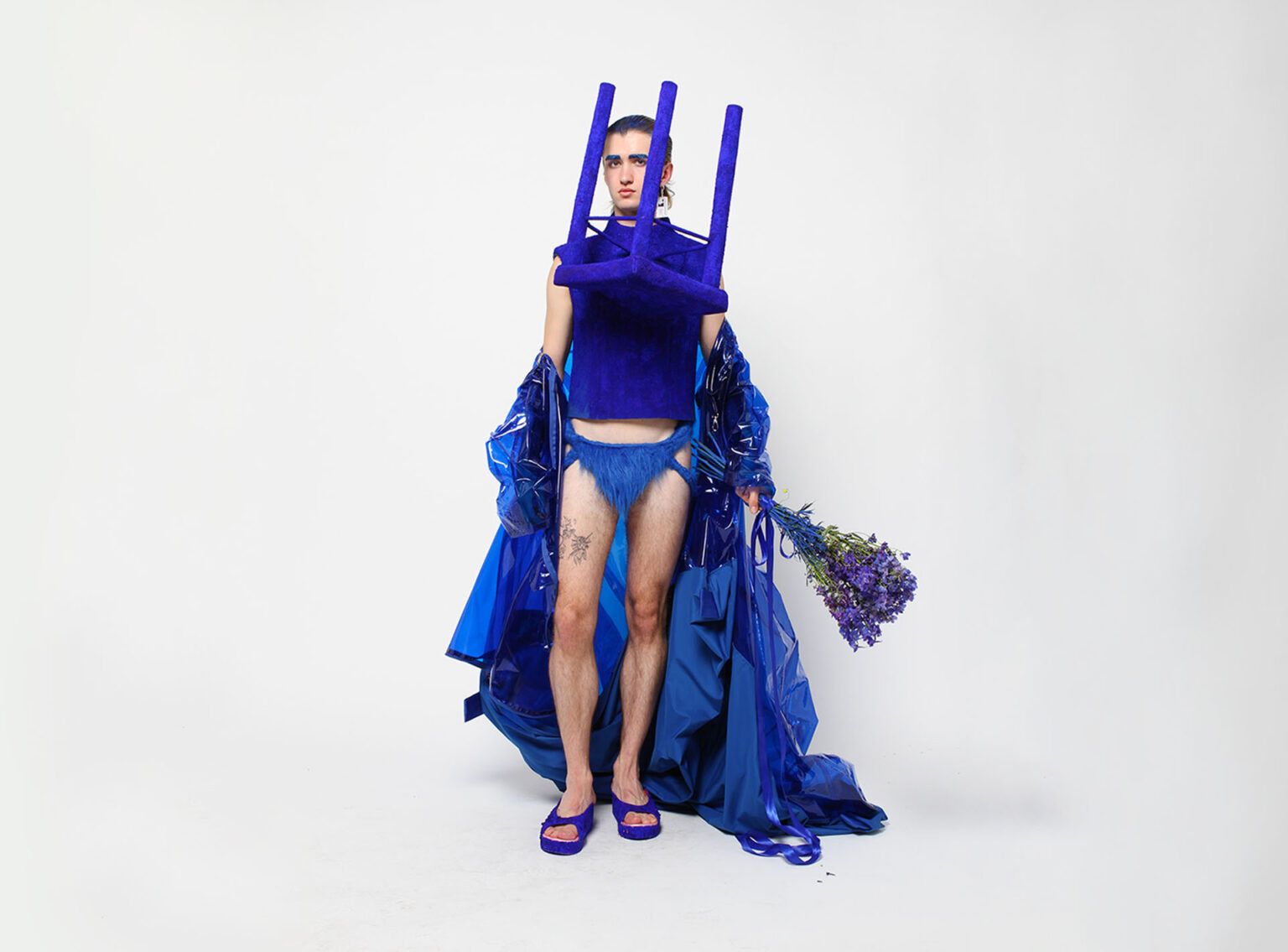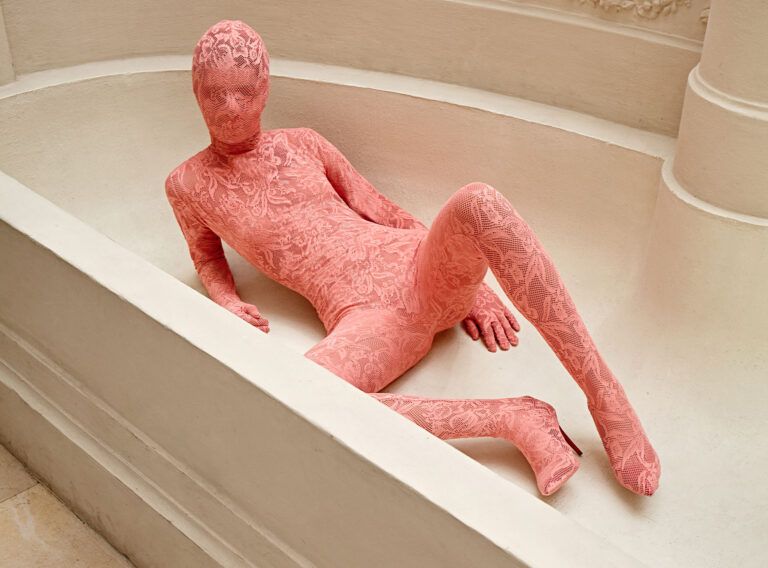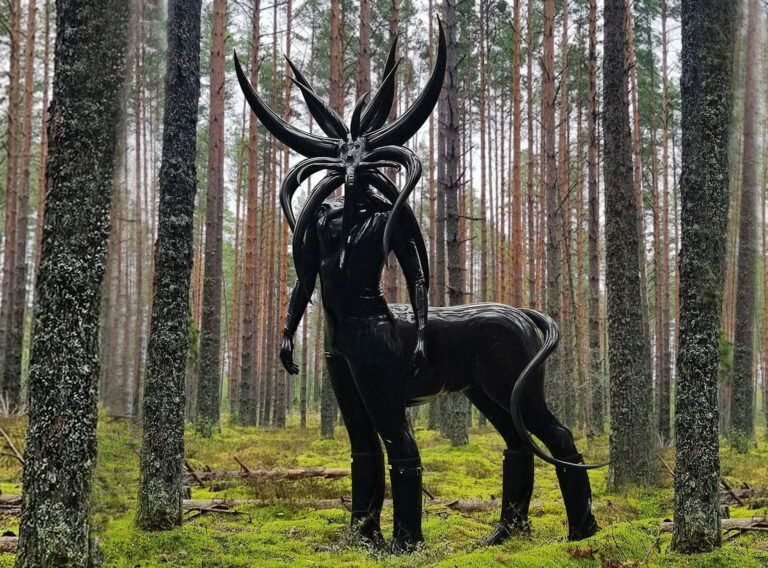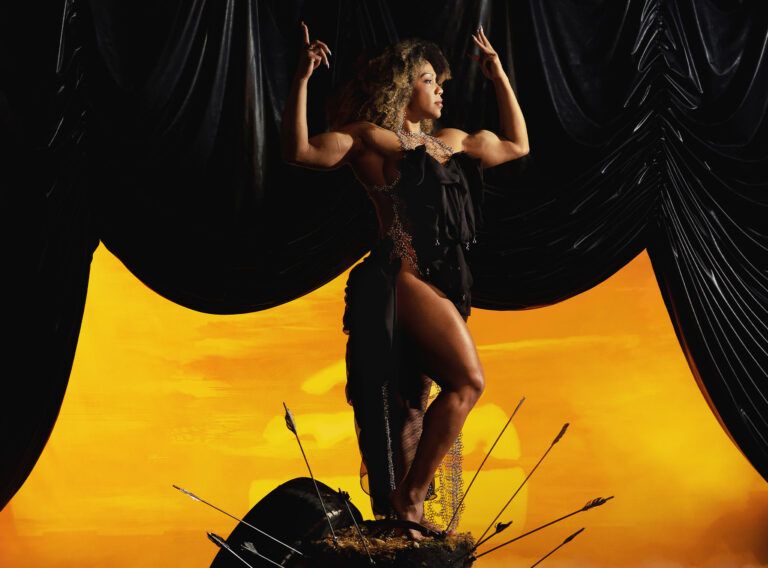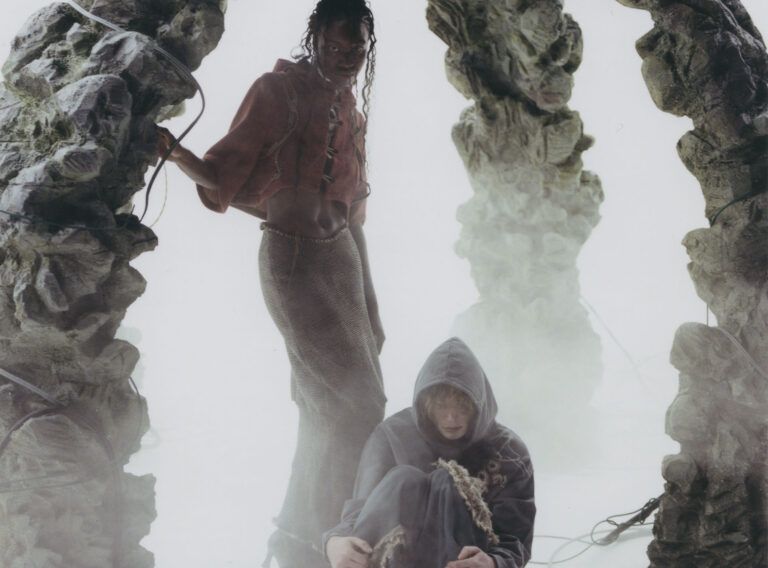WORDS BY THE AUTHOR / the story behind the MANIFESTO collection /
It started in 2020 when I was watching my grandfather pass away through a Zoom video call. His death sparked the will for me to connect with family, and perhaps I can say that that was really where the process of my collection started.
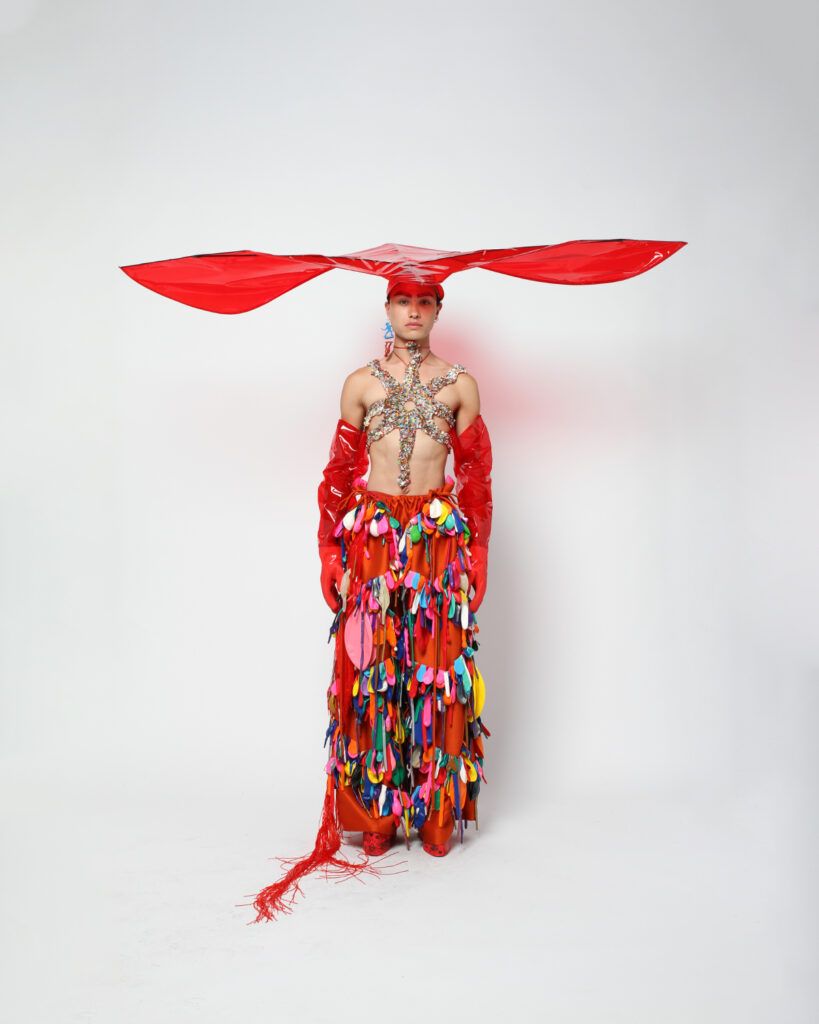
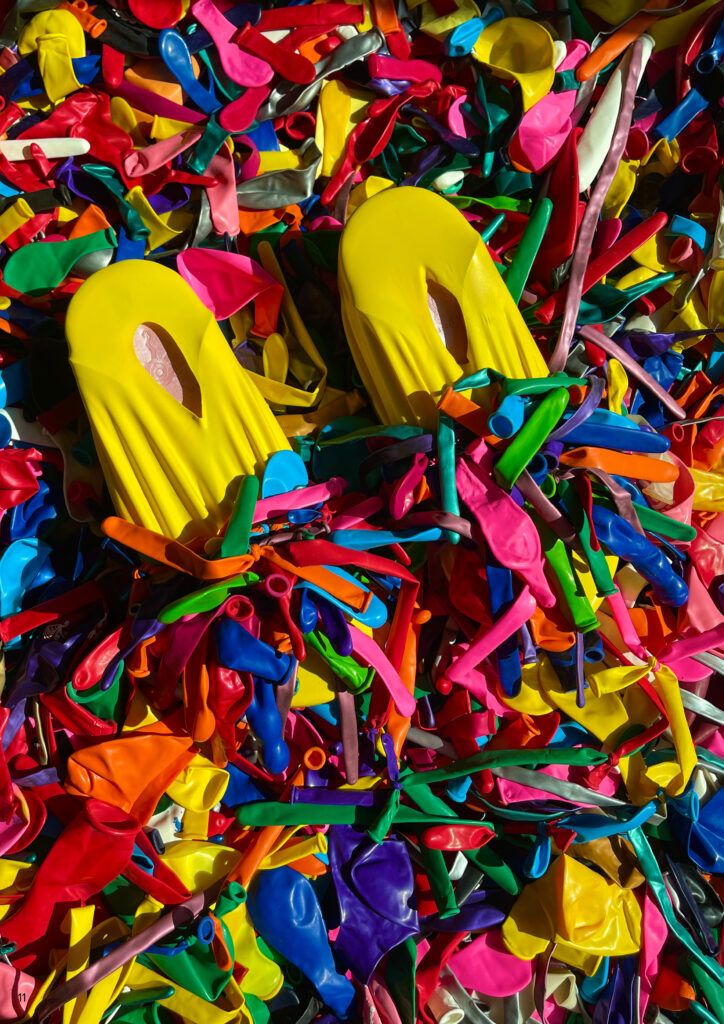
I had a distorted vision of family — I monumentalized them as if they were the sole pillars of who I came to be (and sometimes they really were). How we put so much regard and value over other people or things fascinated me. This idea of the “monument” haunted me.
I grew up with my grandmother’s Pieta around me. It tells the story of how her grandmother pawned off the diamond solitaire of her father who died in the Second World War. She didn’t grow up to know her father, and she tells me that that is why this sculpture means so much to her. Seeing it always, to me, the Pieta was an image that best represented my family.
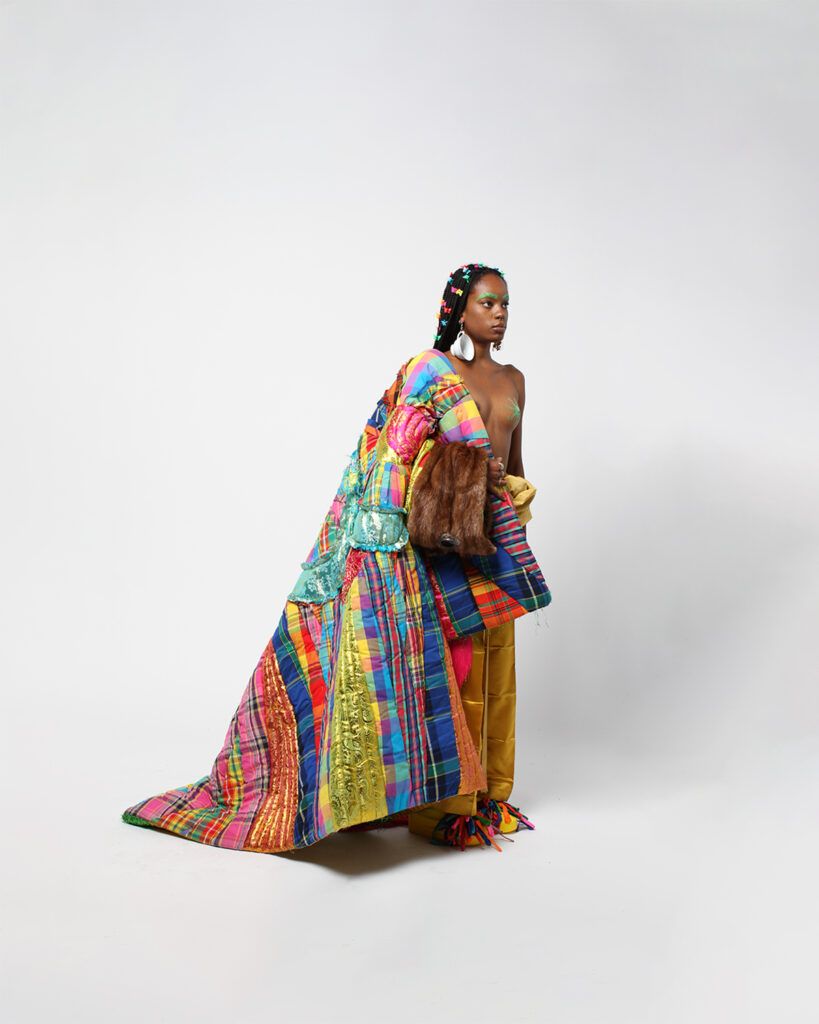
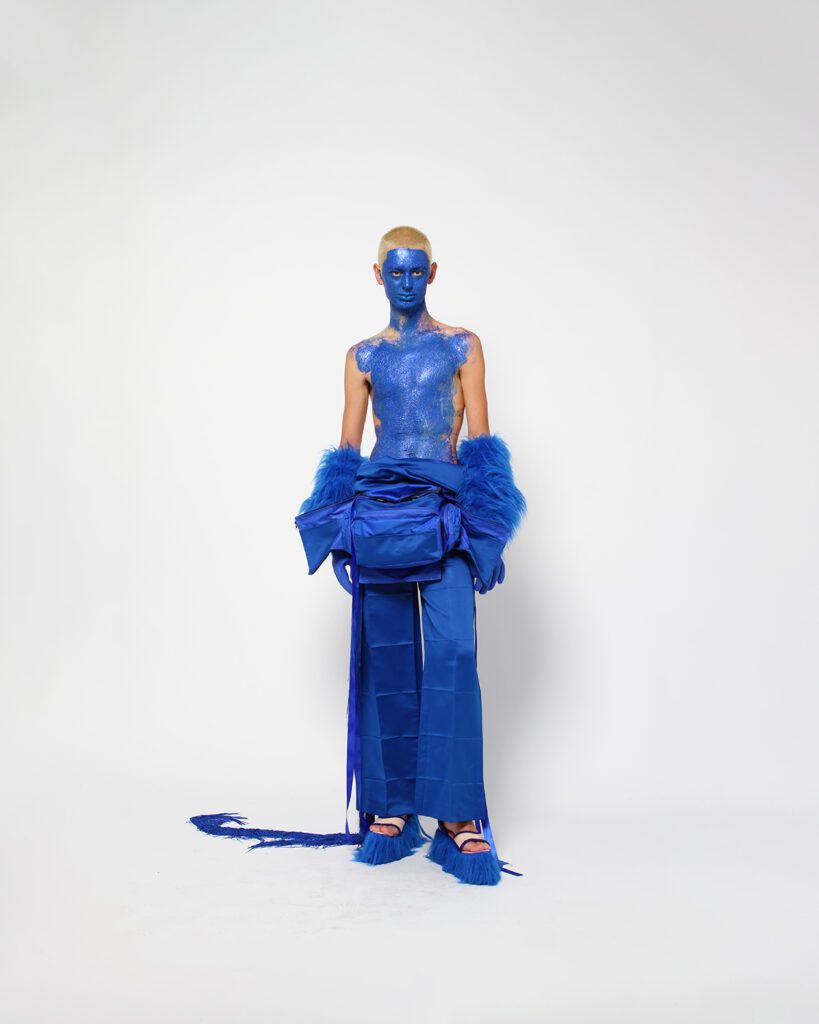
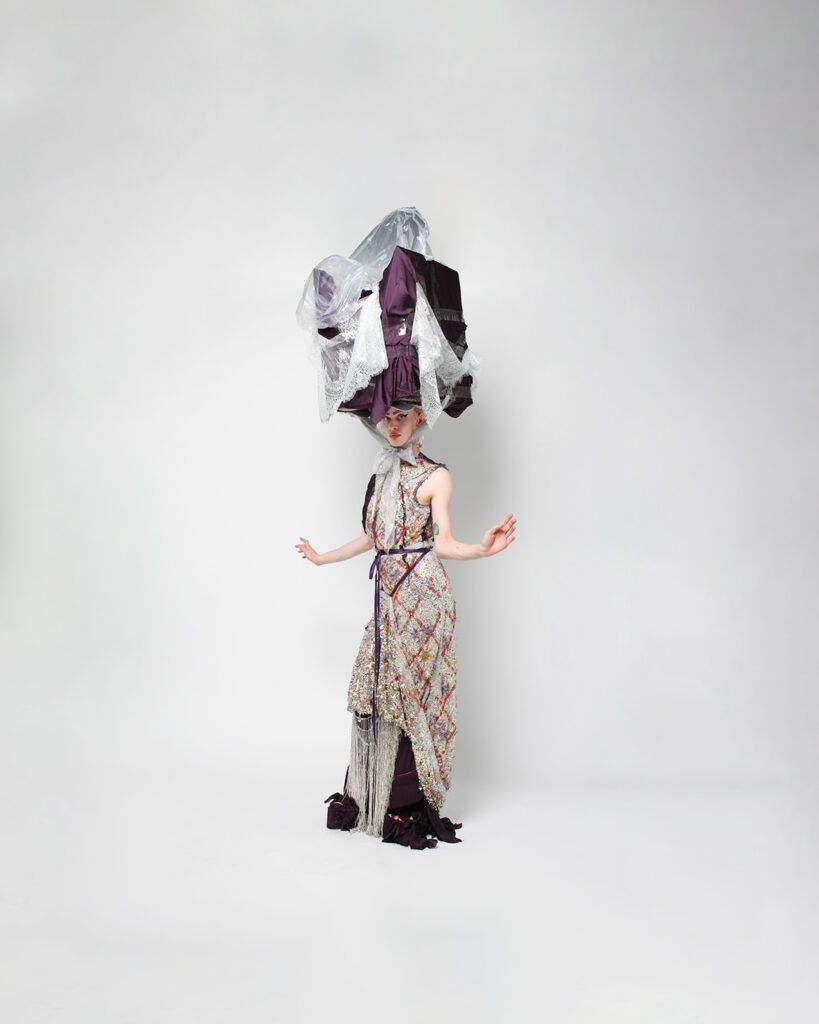
For several months, I knew I wanted to make a look directly taken from the narrative of my family’s history. That, in its core, is the whole reason for MANIFESTO anyway: to dig in deep and to translate it into a visual language.
It took over seven months of waiting for me to actually work on the piece. There was a plan for a floral coat with a complex pattern that represented the human form, and another idea wherein the system of a baby carrier was to be recreated. In the end, I decided to ditch all that I have learned in technical classes, and cut directly on fabric in the most spontaneous manner. There were no patterns, no grainlines — I was patching up fabric as if I was again an eight year old dressing my ragged stuffed toys. All of it only took me four days.
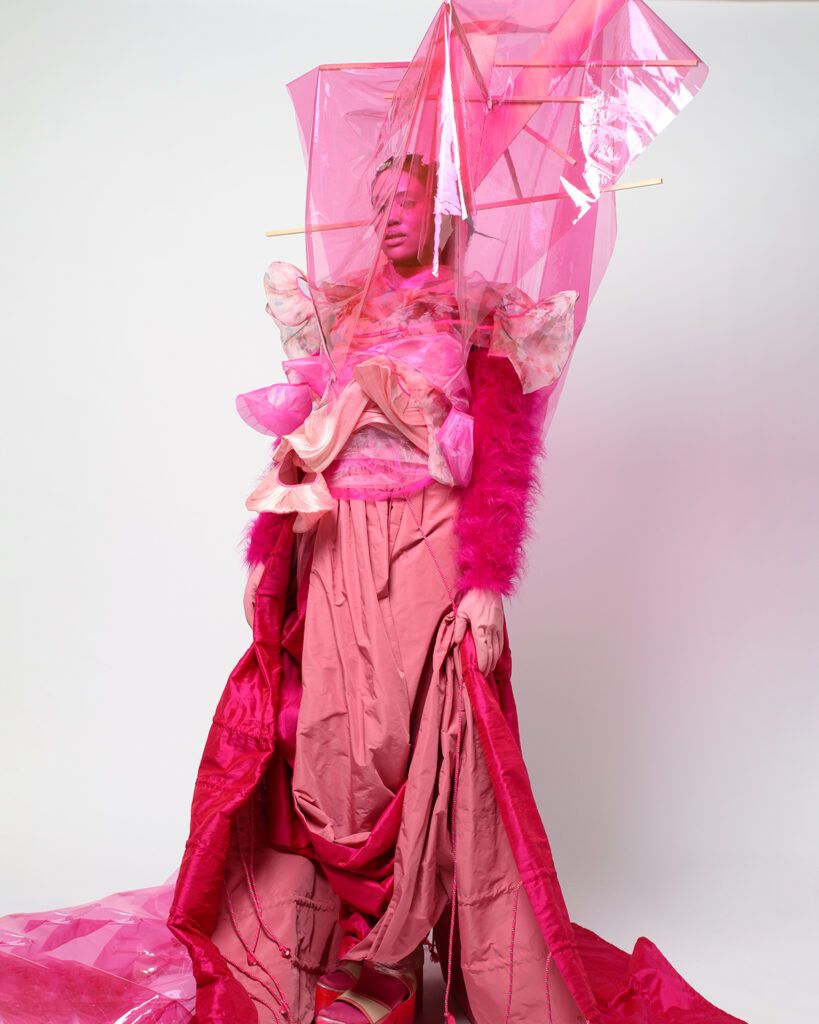
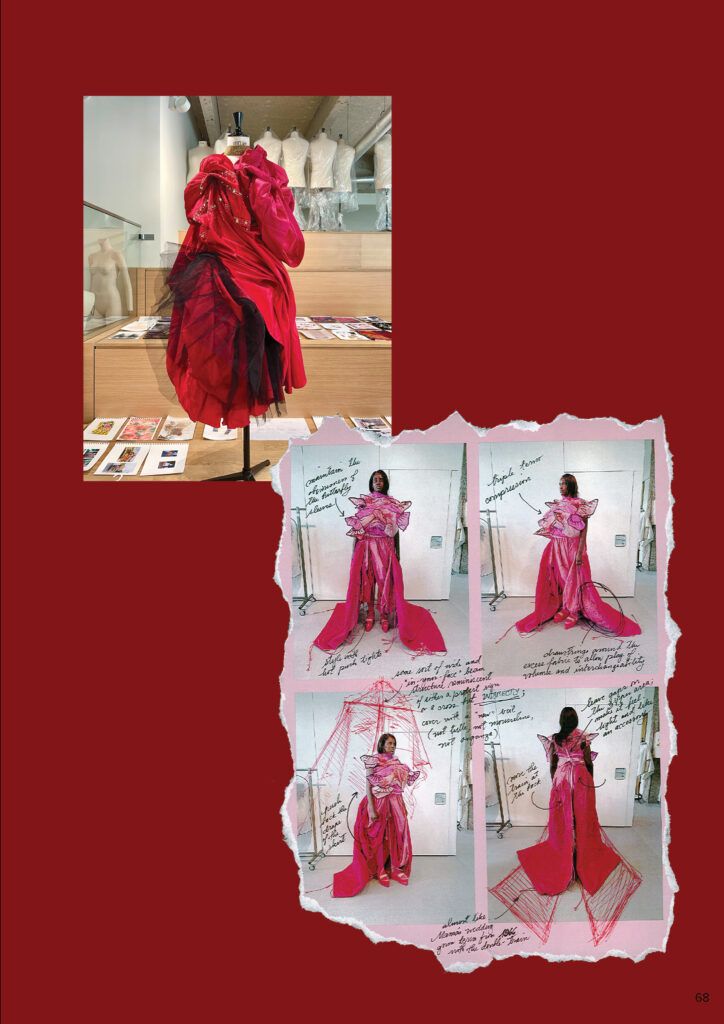
This process was as if shedding skin. Through building something, I felt like I demolished another in return. Monument no more.
How it is perceived on the runway is ra eflection of how the viewer chooses to see it. “The way we see things is affected by what we know or what we believe,” John Berger says in his book Ways of Seeing (1972), which has been foundational to my creative ethos. Despite being born from grief, I see this look as the core of my craft — to dismantle and rebuild, to “de-monumentalize.”
Congrats if you’ve read this far 🙂
